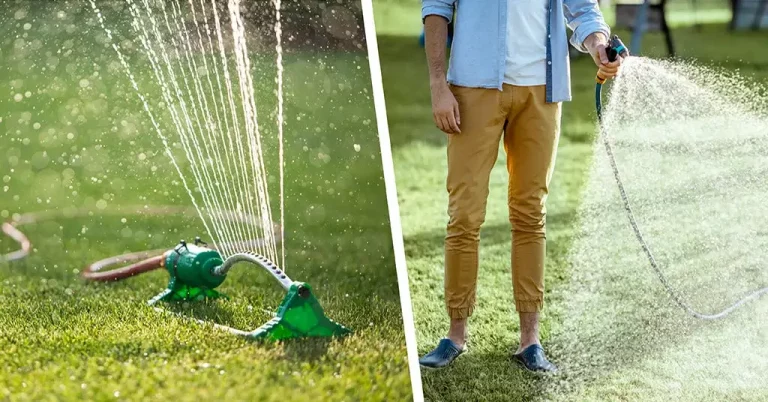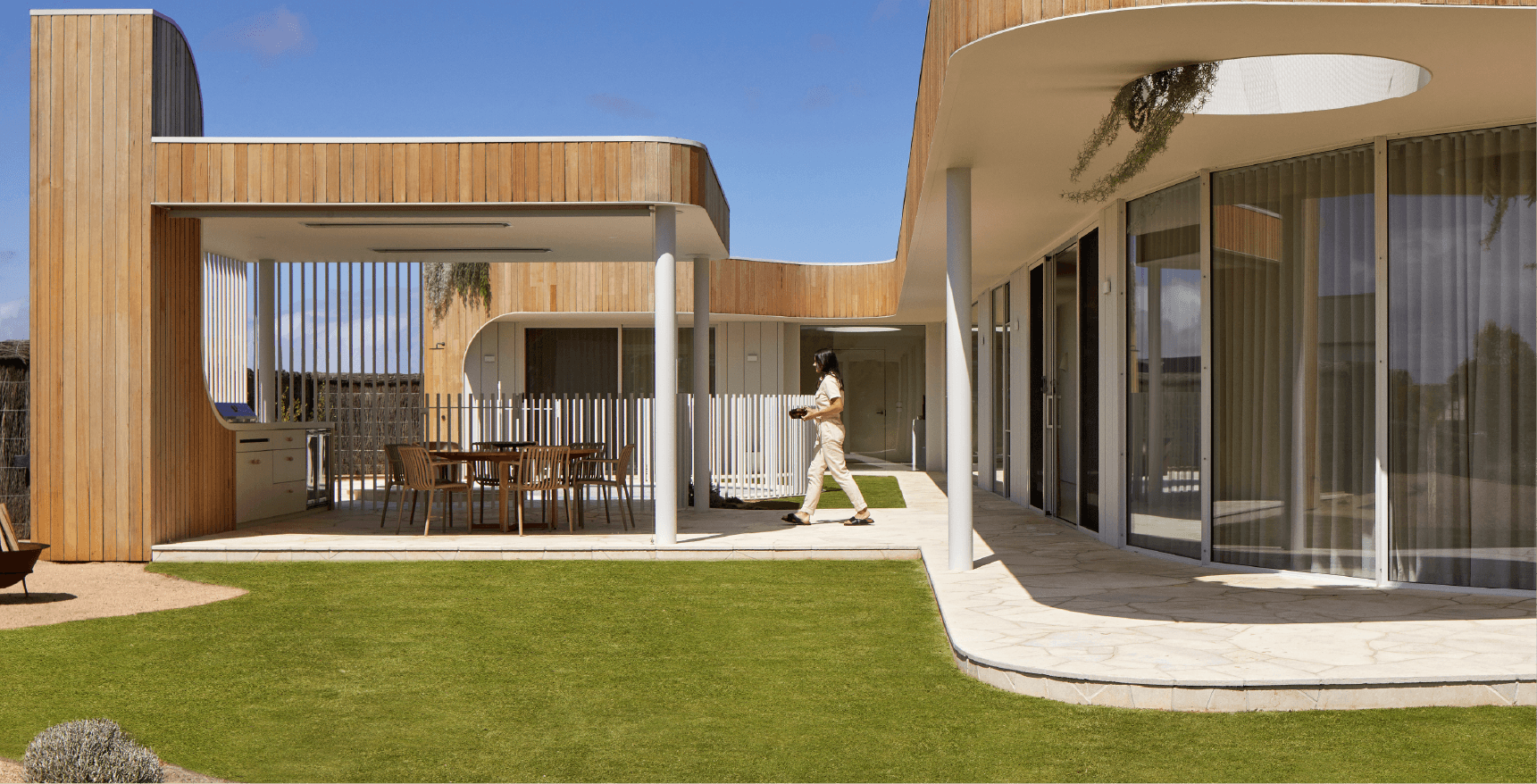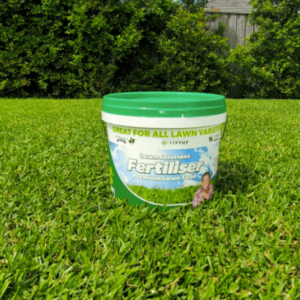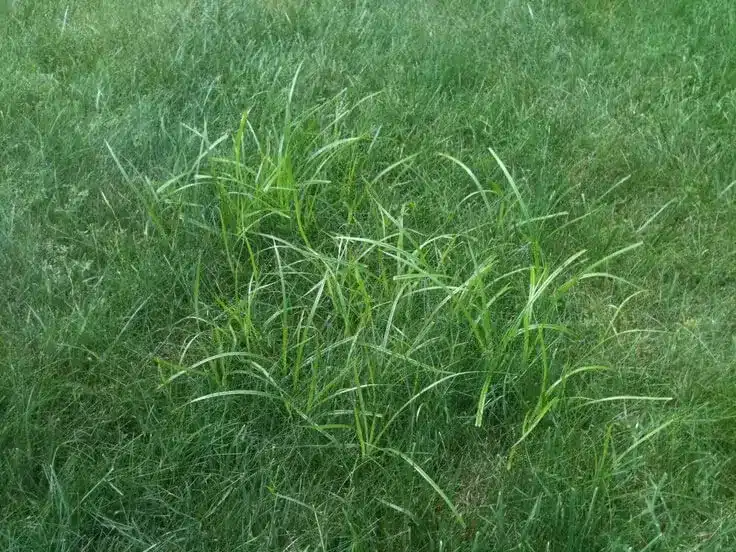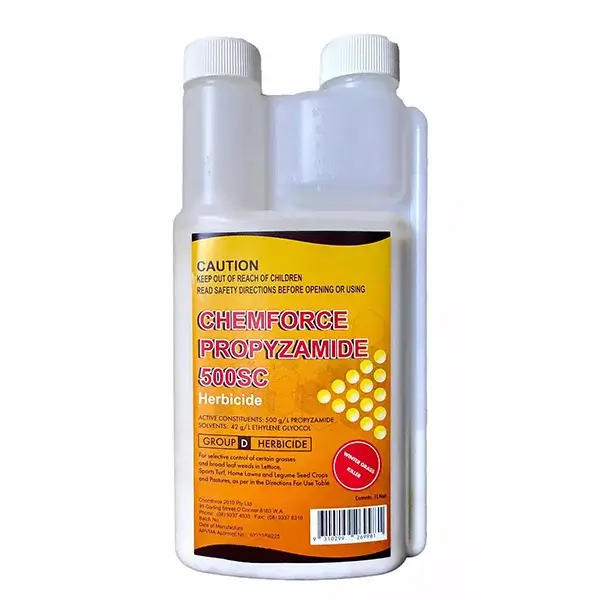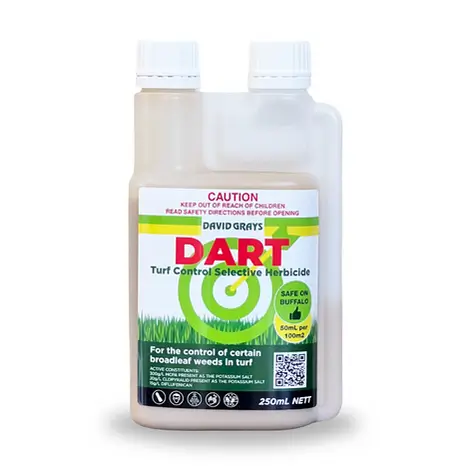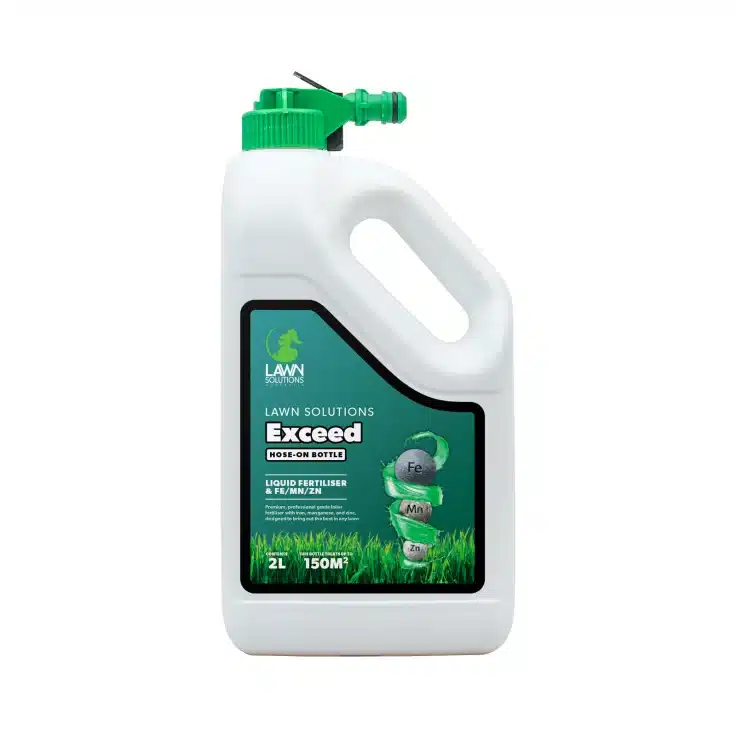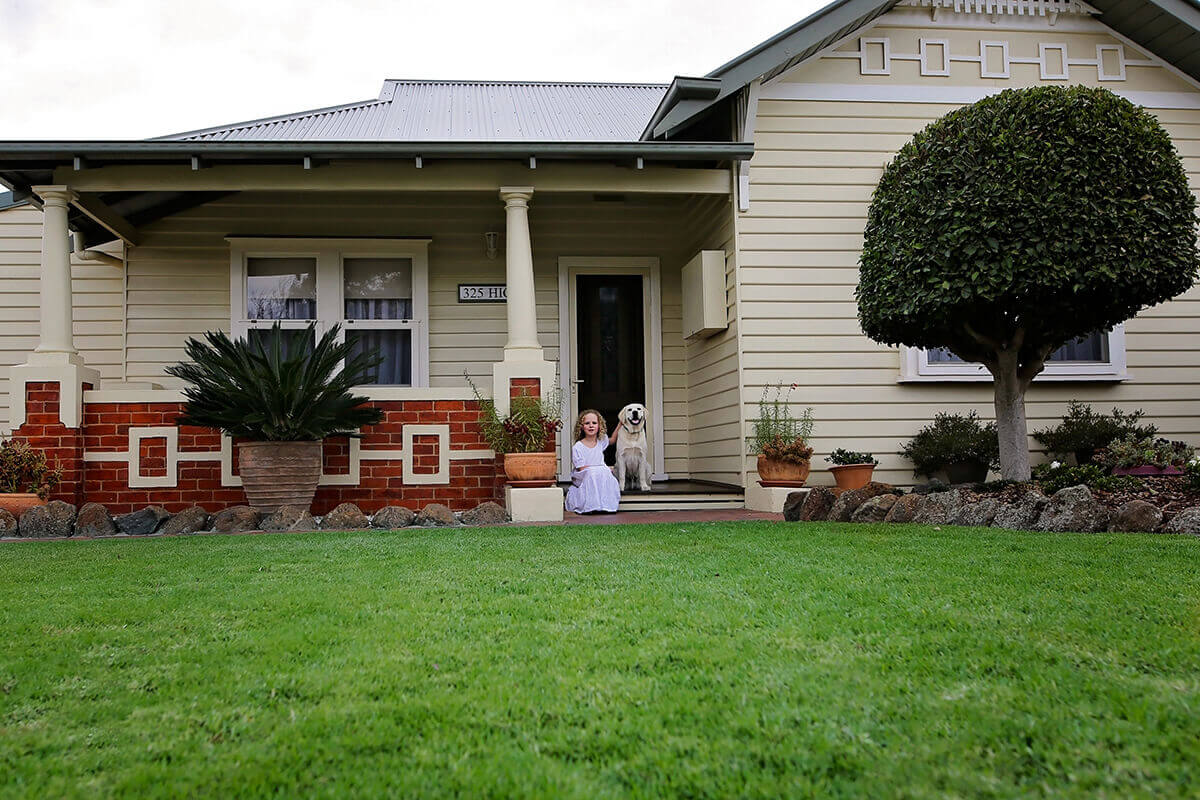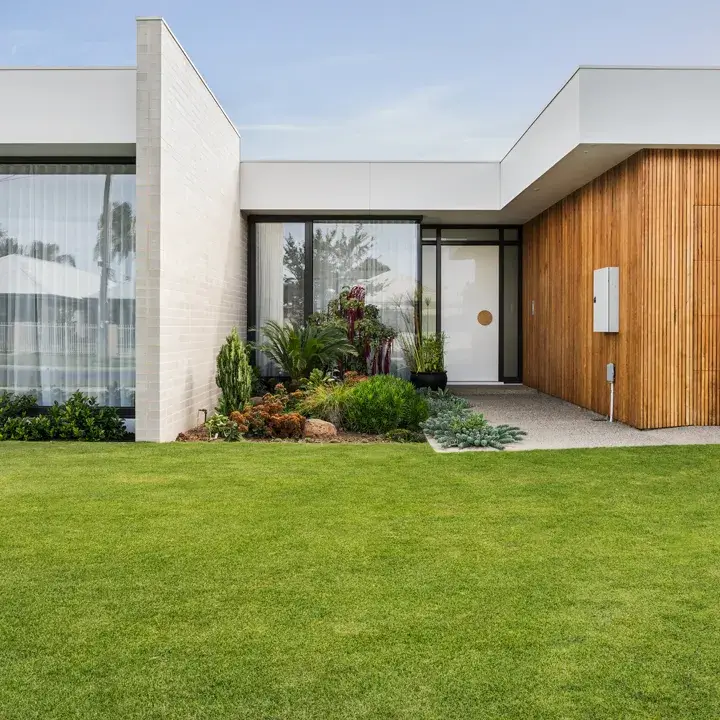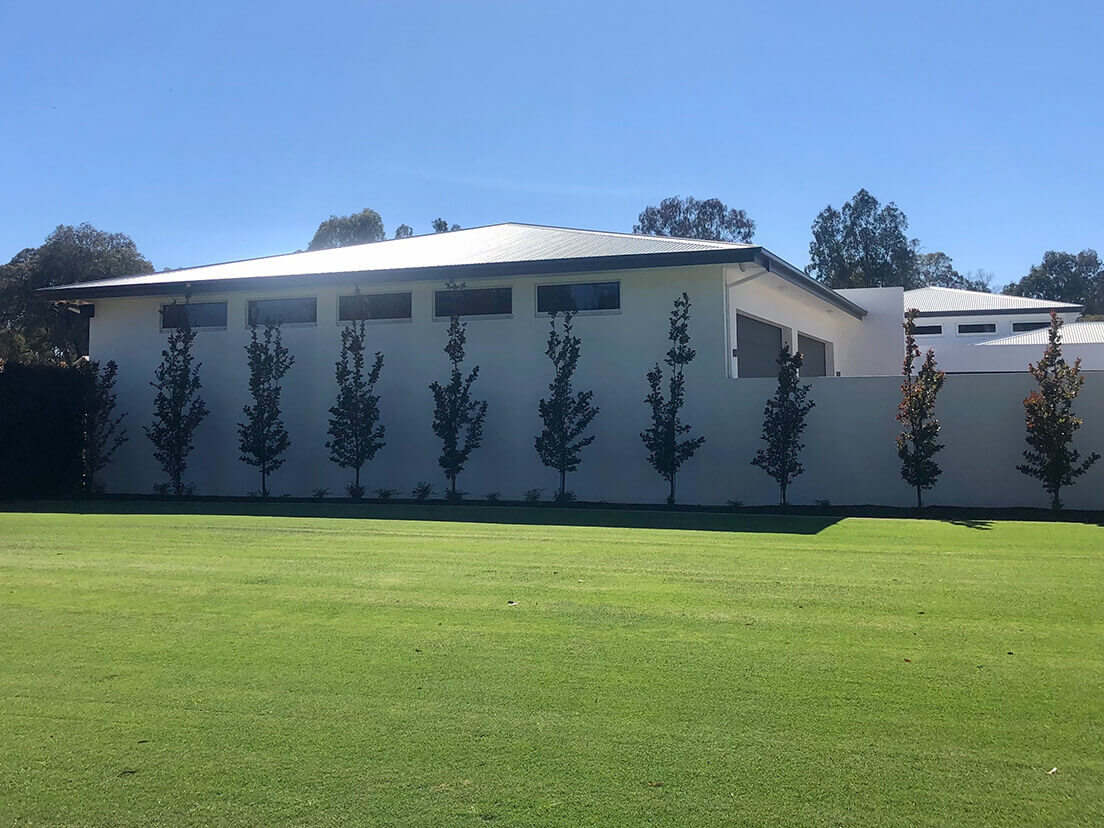With warmer weather on the way, many of us will soon start to use more water for our lawns, gardens and pools. By making sure we are using water wisely, our gardens can still thrive, while reducing our water usage.
Interested to know how to save water on your lawn? We’ve put together our top 10 water saving tips to help you save water in your backyards!
1. Only water your lawn and garden when it needs it
Regular rainfall is usually enough to meet your lawn and garden’s water requirements. However, if there is an extended period without rainfall your lawn may need water. Your lawn will start to show signs that it needs water when the leaf curls up, is wilting, or losing colour. Click here to access our seasonal guide to watering instant turf.
2. Water longer less frequently
If your garden needs a drink, water for longer less frequently. By watering your garden and lawn less frequently for longer, the roots of the plant will be encouraged to grow deeper into the soil base and beyond the topsoil where it is likely to evaporate. This will help increase the drought tolerance of your lawn and plants.
3. Water early morning to prevent heat-related evaporation
The best time to water your lawn and garden is early morning during the coolest part of the day when there is no wind and less chance of water loss due to heat-related evaporation. Watering in the mornings is also best to help stop fungal diseases from growing in your lawn and on your plants.
4. Rainwater tank
Rainwater tanks are a great way to save water. By having your tank collect water from the roof of your house you can have a handy supply to use in and around the garden or to top up your pool or spa. These tanks can save the rainwater and store it ready for you to use. There is a range of tank sizes available to suit all houses.
5. Use an automated irrigation system
Installing an automated irrigation system that is connected to tank, grey or bore water is an excellent way to ensure the long term life of your lawn, to minimise the demands on your personal time to care for it, and to save water by training your lawn to become more drought tolerant. Just remember to ensure any automated water systems have been switched to sleep or hibernation mode if rain has been in abundance in your area. And in winter, save your precious time, money and water by backing off from watering altogether - unless you really need to.
6. Use leak-free hoses with a trigger hose nozzle
Make sure your hose is free from any leaks. A quick tightening of a loose hose connection is often the fix. If the hose or fitting is looking a bit worse for wear it might be time to invest in a new hose or connection. Trigger hose nozzles allow you to have complete control when watering. This helps you avoid spraying out water to surfaces like concrete and footpaths.
7. Choose hardy drought-proof plants & turf
When looking at putting in new plants, consider varieties that are well suited to your natural environment that won’t need much additional care once installed. This can help reduce the amount of watering your plants need.
For drought-resistant turf, you can’t look further than TifTuf Hybrid Bermuda. TifTuf has a superior drought tolerance compared to other turf varieties. It is the only variety to have the Smart Approved WaterMark. This grass can take root in less than 7 days during the growing season, reducing the amount of water needed during establishment. Once established, TifTuf can better withstand longer periods without water than other varieties.
8. Mulch in garden beds to reduce evaporation
Did you know that mulch can reduce evaporation by up to 70%? Mulch also helps stop weeds from growing in your garden beds! Wood chips, pine mulch and hard-bark mulch is best for stopping evaporation.
9. Use mats and covers for pools and spas
Pool mats and covers are great at helping to reduce evaporation. Evaporation will usually occur early in the evening when the air cools down and the water is still warm. Simple leaf cover pool blankets can reduce around 40% of evaporation and thicker blankets can reduce evaporation by around 90%. These can help reduce the number of times throughout the year you need to top up the pool with water.
10. Make sure your sprinkler goes on your garden
When putting out a sprinkler in the garden or on the lawn, watch over the area to ensure the sprinkler is reaching where you want it to go and not out on any concrete paths or on paved areas. This will help increase the amount of water your lawn and garden receive while stopping water from running off.
For more helpful information on watering your turf visit our website here.

